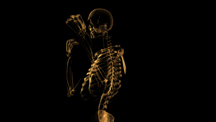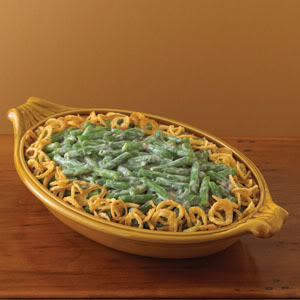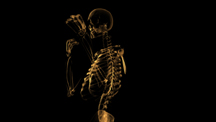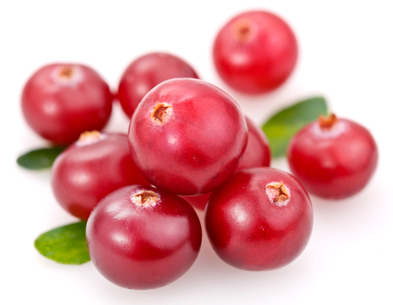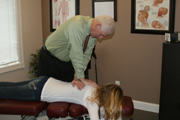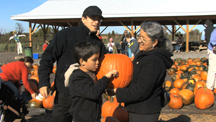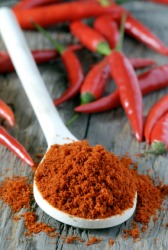The Fiscal Cliff
 As most of us know – our country is approaching what is currently being The Fiscal Cliff. There are many varying opinions that are being expressed about the fiscal cliff.
As most of us know – our country is approaching what is currently being The Fiscal Cliff. There are many varying opinions that are being expressed about the fiscal cliff.
We believe that increasing taxes will only increase the burden on small business and on each wage-earning tax payer. I have included below our personal plea with members of our Montana congressional delegation:
Most small businesses are organized as pass-through entities, where the business owner reports their business’s income on their individual tax returns. Allowing the current tax rates to expire will increase the taxes that small businesses pay, directly impacting the ability of small-business owners to invest money back into their businesses.
Raising taxes on small businesses, especially in the current economic environment, hurts our ability to grow and create jobs. I encourage you to give small-business owners the certainty we desperately need by extending all the current tax rates across the board and fighting to avoid the Fiscal Cliff.
I ask that you search your heart and do not cave in to politics or pressure from President Obama.
The right thing to do is to lessen the burden put on taxpayers, eliminate waste and reduce expenditures.
The easy way is to just ignore the true needs of this country and to raise taxes and continue to spend as though your pocketbook is limitless.
The right way is to do get back to running this country by looking to God for direction, utilize honesty and integrity in place of excuses, and by recognizing that hand outs do nothing – but a hand up can make all the difference.
How welfare is handled must change so that it is no longer just a hand out. No one wants anyone to go hungry or be homeless but entitlements are only creating a unrealistic culture where the lazy expect a hand out, those willing to work are expected to support the lazy and those who hard working and highly successful are demeaned because they adhere to those very principles which have made this country great.
This country will only continue to be great when we, who inhabit it: work hard, obey God’s commandments, make our family’s moral upbringing and education a priority, each work to be a positive part of this nation’s moral fabric and strive to serve each other.
The truth is that for too long this nation has tried to remedy our problems by excessive expenditures from the nation’s pocketbook. It is now time to realize that the only way to solve the problems this nation has is to recognize that each citizen has a responsibility to make this nation collectively better. Fraud, dishonesty, and living beyond our means must be a thing of the past. Honesty, integrity, hard work, and doing right must ever be our watch cry.
I plead with you to do the right thing now.
The elections are past – but our need to communicate to Washington D.C. is not. Please make your voice heard and let members of Congress know that responsible changes need to be made in this country – not tax increases!
PS – My apologies for the words with the built in links. I did not place them there and I cannot figure out how to get rid of them. Jo Oblander
